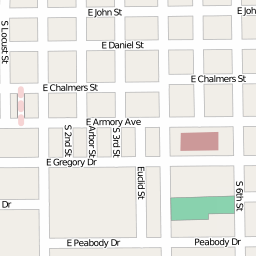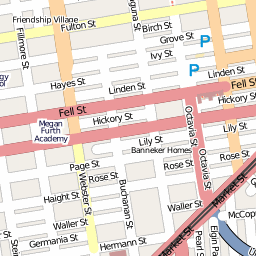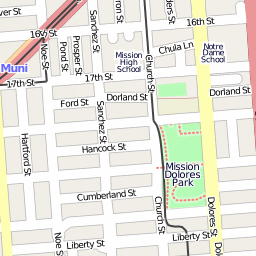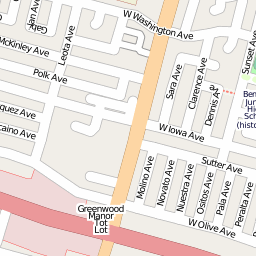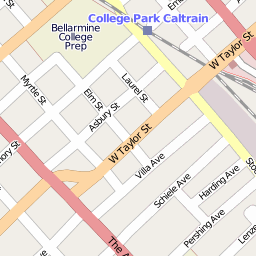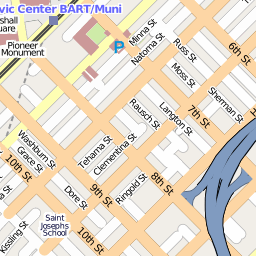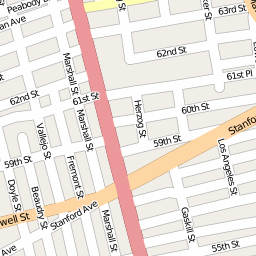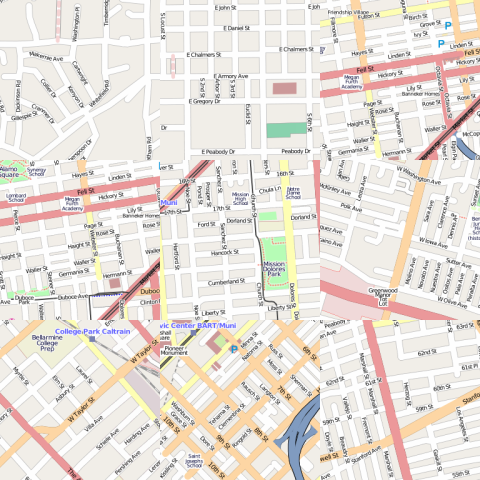Last night I saw Laurie Anderson in conversation with Michael Azerrad, a birthday present from my wife, who has been trying to get us to a Laurie Anderson concert for a couple years, but scheduling didn’t work out. This was probably better than a concert, both because I haven’t paid much attention to Anderson’s recent work and what clips of it I’ve seen I haven’t been thrilled with (though I’ll always be a fan because her music is the second that grabbed me as not only enjoyable but somehow special) and because she’s a very engaging story teller without any help from music.
It was fun to hear of her interactions with Andy Kaufman (as his “straight woman”), JFK (received advice and flowers when she ran for class president during his temporary dictator campaign), and Herman Melville (via his bible, lent from a friend who bought it at auction), among others.
There was of course lots of discussion about music and technology, thankfully 100% actually about music and technology, not the mislabeled and tired conversation that goes by the same name (Anderson did make a passing reference to the imploding music recording industry, but only to say that it is great that the focus has shifted back to live music — on that note Anderson said she likes seeing noise and improv music, which means she has great taste — it’s always disappointing to learn that a fine artist is into dreck, and heartening to learn the opposite).
When asked to predict what music would be like in 2021 (I think the significance of the date was that she had supposedly last been “here” 12 years ago, which sounds really unlikely if “here” meant San Francisco — I saw her twice around then, at SFMOMA and the Other Minds festival, but surely she has been back since), given technology changes, Anderson mentioned “Hi Fi” and sound museums, both of which seemed really curious because they seemed like throwbacks and also not mass market. Of course why should they be? Effectively she meant the same thing by both — taking advantage of technology and space to do much more with sound than is possible with mp3s and earbuds (or an audiophile stereo system for that matter). As an example, she’s currently working on a “sound forest” installation in Basel.
Despite being known as a multimedia artist, Anderson is clearly not enamored with technology per se. On the other hand, the solution is more technology — she is sick of being a “protools serf” (referring to the program’s workings, not its non-freedom), so she’s supposedly working with programmers on something simpler, and looks forward to something the size of a mobile device replacing all of her performance gear.
One question concerned why NYC had an especially fertile arts scene in the 1970s (her bio in the program mentioned that she wrote an article for Britannica on NYC culture — how quaint) — she said that it was supported by a culture that celebrated poverty (or rather prioritized making art or just about anything else over career) coming out of the 1960s. Doesn’t explain why NYC, but curious nonetheless. What if freegans were as plentiful today as hippies were back then?


